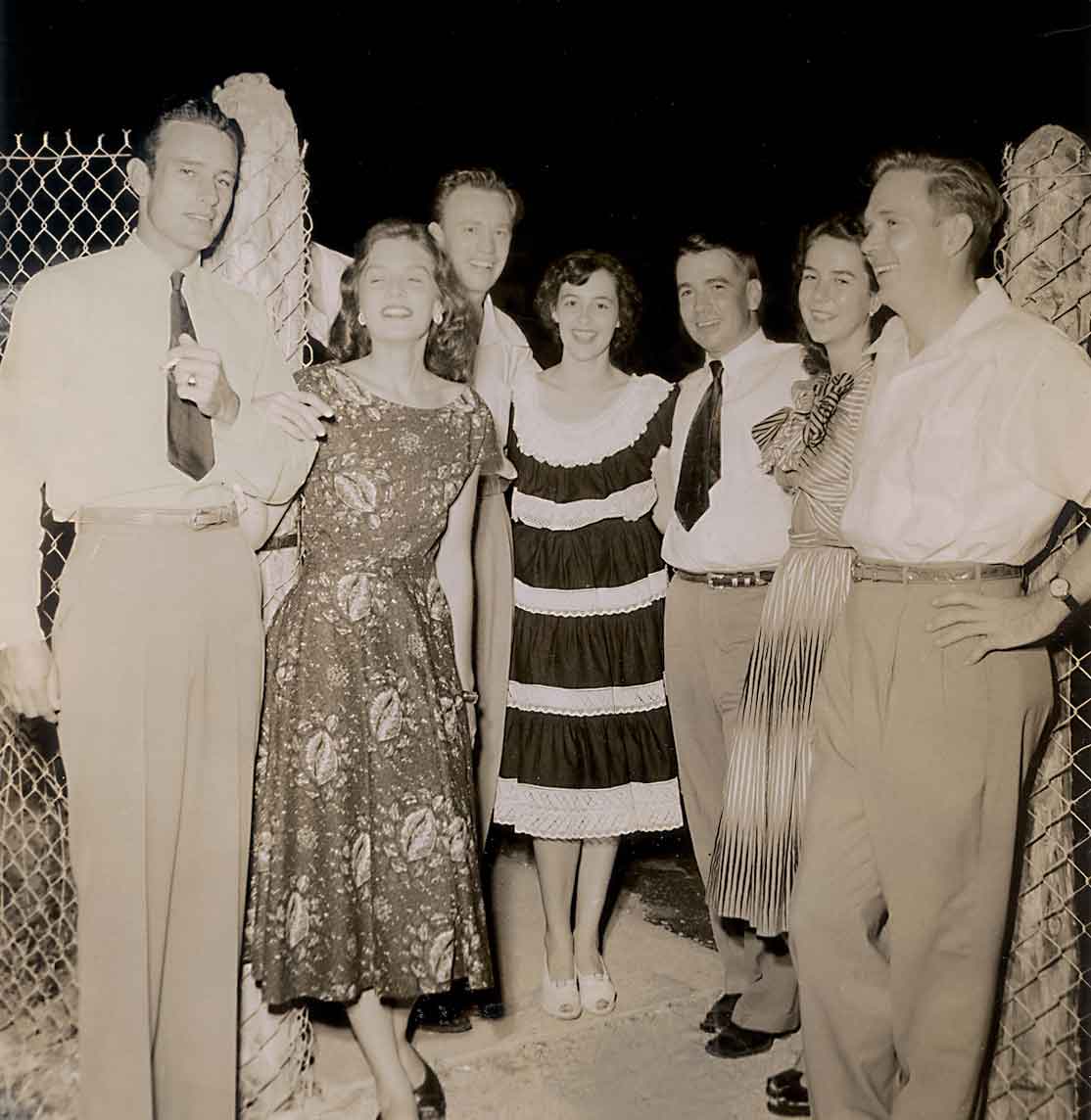 |
| Sarah, Joshua and Alonzo Potter Brown, 1873, courtesy of Jan Wilkinson. (Author's note: they're holding hands.) Click on any image to enlarge. |
Forrest Salter's family published the Kerrville Mountain Sun for three generations, and the shingle camp story was written in 1940 when Salter was a student in J. Frank Dobie's English 342 class at the University of Texas at Austin. The booklet is a collection of student writing from that course, and is titled "Lazy E 342."
Shingle making was the first industry in what is now Kerrville, begun in the mid-1840s when Joshua Brown and a group of men came here to harvest cypress trees and use them to make shingles.I've written elsewhere about the shingle makers and the process used to make shingles, relying mostly on Bob Bennett's thorough history of Kerr County. What makes Forrest Salter's story unique are the interviews with local people who actually remembered shingles being made here. He placed an ad in his family's newspaper, asking to interview people with firsthand knowledge of shingle making.
Finding those people in 1940, when he wrote the story, was difficult, I'm sure. Today it would be impossible, because too much time has passed.
The first interview in the story was with A. P. Brown, the youngest son of Kerrville's founder, Joshua D. Brown.
"My father," Brown told Salter, "was one of the first settlers of this country, and he came here to go into the shingle making business.
"A small colony of soldiers of fortune from Tennessee and Mississippi had travelled through this section of the west and had been amazed at the huge trees and dense growth of cypress along the banks of the Guadalupe River and its tributary creeks. They returned to the fort in San Antonio and reported this veritable find. They realized the scarcity of building material in the land of the mesquite, and planned to colonize the river banks for the purpose of making shingles.
 |
| Forrest Salter (far right) and friends at Criders |
Gentle reader, the old ice plant is no longer there, but a remnant remains. It stood behind today's One Schreiner Center, in the 800 block of Water Street in downtown Kerrville, and its basement is still there, its old brick walls jutting from the bluff over the river. Ed Hamilton has made the top of the old basement a nice place to view the river below.
"The land was at that time owned by my father," continued A. P. Brown, "who had come from Virginia to Texas and settled in Gonzales County, or DeWitt's Colony as was then called, and over which James Kerr was the overseer. My father moved to this section in 1846, and named the settlement 'Brownsboro.' Later it was called 'Kerrsville' in honor of James Kerr.
"In the party half of the men were put to making shingles, and the other half were on the lookout for Indians. When the shingles were finished, they were taken to San Antonio by oxcart, and traded for supplies. It was a perilous journey, taking five or six days, and as money was scarce, the shingles were bartered for supplies for the camp."
Next week we'll hear again from A. P. "Potter" Brown, as he describes how shingles were made.
Until then, all the best.
Joe Herring Jr. is a Kerrville native who thinks making shingles would be a tough way to make a living. This column originally appeared in the Kerr County Lead April 11, 2024.
Never miss a story from Joe. Join today for FREE.



No comments:
Post a Comment
Please remember this is a rated "family" blog. Anything worse than a "PG" rated comment will not be posted. Grandmas and their grandkids read this, so please, be considerate.